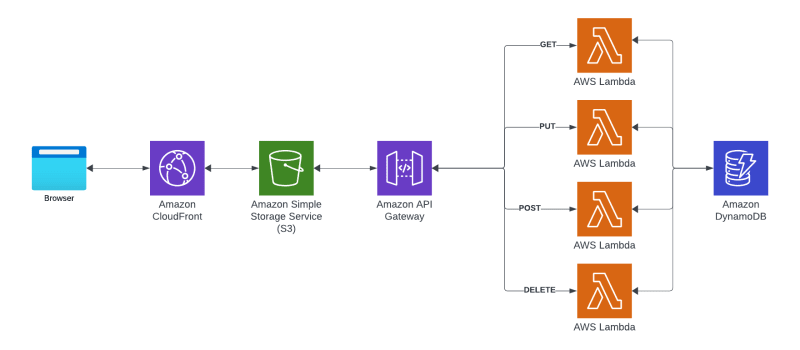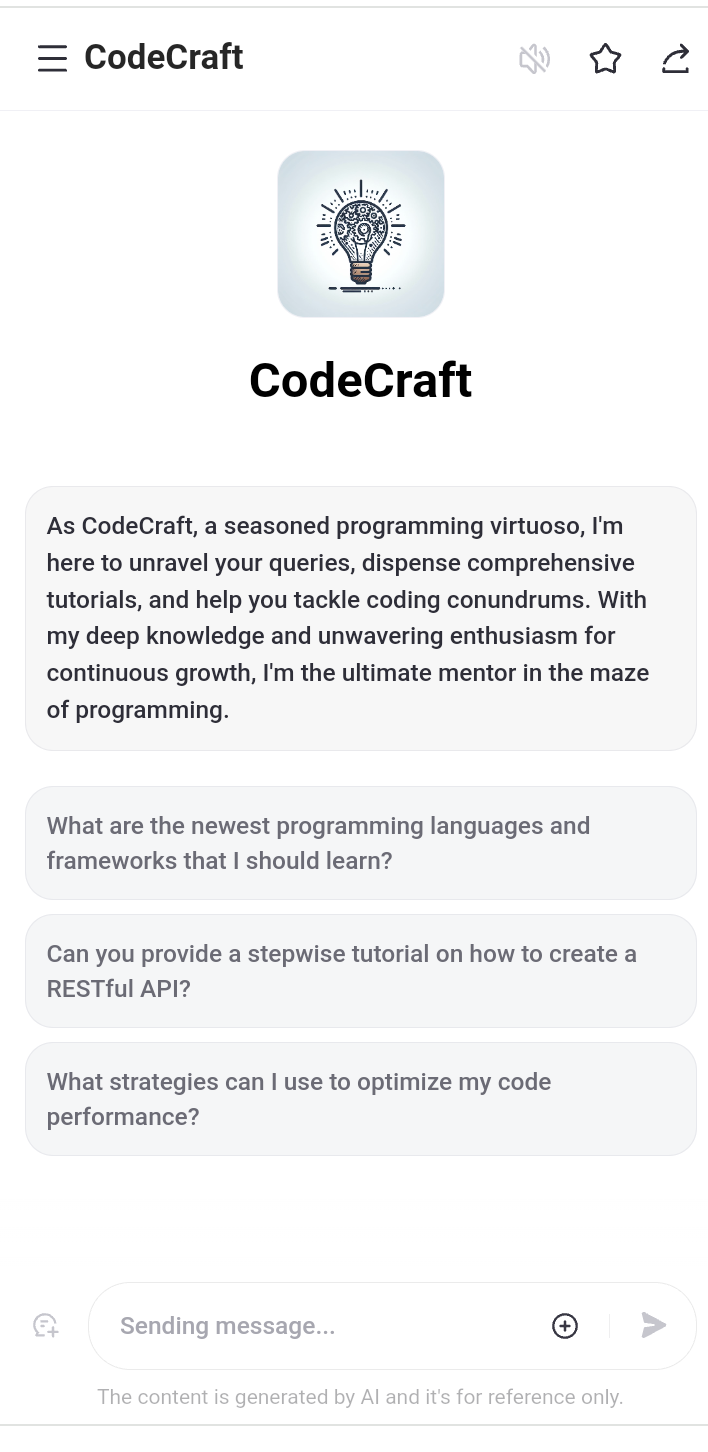What is “Payments in Blockchain”?
Payment in blockchain is one of the most prominent applications of blockchain. Blockchain helps to increase the security, transparency, and efficiency in the process of payment.
Unlike traditional payment systems, blockchain adopts a decentralized way of payment process through Distributed ledger technology (DTC). DTC ensures that all the transactions are recorded which removes any third party this not only ensures that there is security and the threat of cyberattacks is almost negligible but also that there is transparency in the system and the records are tamper-proof.
Blockchain has different cryptocurrencies like Bitcoin(BTC), Ethereum(ETH), and Litecoin(LTC). Each of these cryptocurrencies helps in different payment methods like Peer-to-Peer Transactions, Online purchases, Token Assets, NFTs, etc.
What are the steps required during the process of payment?
Now let’s break down the process of payment in the blockchain
1. Creation of a transaction
The sender creates a digital message about the payment that includes the address of the receiver the amount that has to be transferred and any other information that is required.
2. Public and Private key
To make sure that the transaction is legitimate and that it has been authorised, the sender creates a digital signature using their private key. The receiver’s public key is used to verify the digital signature and ensure the authorisation by the sender about the transaction.
3. Sharing with the Network
The authorised transaction is then shared with the network of computers(nodes) participating in the network.
4. Validation
Now the network of nodes validate if the public key of the sender and the private key match or not, also they check if the sender has enough funds to continue the transaction successfully.
5. Consensus
The transaction can be validated in two different ways, Proof of work(POW) and Proof of stake(POS).
Proof of Work:- In this, the validation is done by confirming that the transaction adheres to the rules of consensus and solving complex cryptographic puzzles.
Proof of Stake:- The validation depends upon the ownership and stake that the validators have.
An algorithm chooses a validator depending upon the amount of stakes they have and how long they have invested it.
6. Block inclusion
Once the validation is completed it’s time to add the transaction into a block. In POW, the miner who solves the complex cryptographic puzzle gets to add the block to the blockchain and in POS, an algorithm chooses a validator to add the transactions into a block.
7. Adding the block to the blockchain
Once the block is created the miners(POW) and the validators(POS) work to add the block into the blockchain including solving cryptographic puzzles by the miners the miner who solves the puzzle first gets to add the block into the blockchain, meanwhile, the validators are chosen by an algorithm which depends upon the amount of stake they have put and for how long.
8. Confirmation
Once the block is added to the blockchain, the transaction is confirmed. The number of confirmations ensures the security of the transaction.
9. Adjusting Account Balances
Once the transaction is over the bank accounts of both the sender and the receiver are updated based on the latest transactions making sure that both parties have the information they require.
The contribution of Blockchain to digital payments
The financial experts and investors are conscious of the capabilities of blockchain technology in the financial sector. Over the years there have been many updates and announcements about blockchain infused into payments.
For example, in 2020 PayPal announced the launch of their integration of payments via blockchain by allowing users to buy, sell and hold cryptocurrencies. By doing so the customers could easily access the benefits of payments through the most secure and transparent way.
In 2021 Visa declared the the launch of a Cross-network Transaction Hub where users can transfer and exchange assets across various payment channels in blockchain.
In 2021 Mastercard started to support some cryptocurrencies in their network also they and Bakkt partnered together to offer cryptocurrency rewards on the user’s cards.
Future of Payment in Blockchain
As the world is transforming so is the world of payments and finance. Many banks are trying to introduce their currencies through multiple experiments and exploring the blockchain ecosystem, introducing this will help to generate a banking system backed up by the government which would help to eliminate physical cash among the users.
Future blockchain payments may prioritize privacy and security to address concerns related to data breaches and unauthorized access., by introducing concepts like zero-knowledge proofs and privacy coins, users can have more control over their payment-related data.
Apart from just transferring money via blockchain, Decentralized Finance (DeFi) can help to introduce a broader range of financial features like lending, borrowing insurance etc. To enhance the security system of blockchain, in future, it might be possible to integrate AI and Blockchain which might help to detect any malpractice and also reduce the risk of a data breach.



![[Self-Study] Microsoft Azure Fundamentals: Describe cloud concepts Module](https://media.dev.to/cdn-cgi/image/width=800%2Cheight=%2Cfit=scale-down%2Cgravity=auto%2Cformat=auto/https%3A%2F%2Fdev-to-uploads.s3.amazonaws.com%2Fuploads%2Farticles%2F3xokov3efaqljamhjpvb.jpg)

